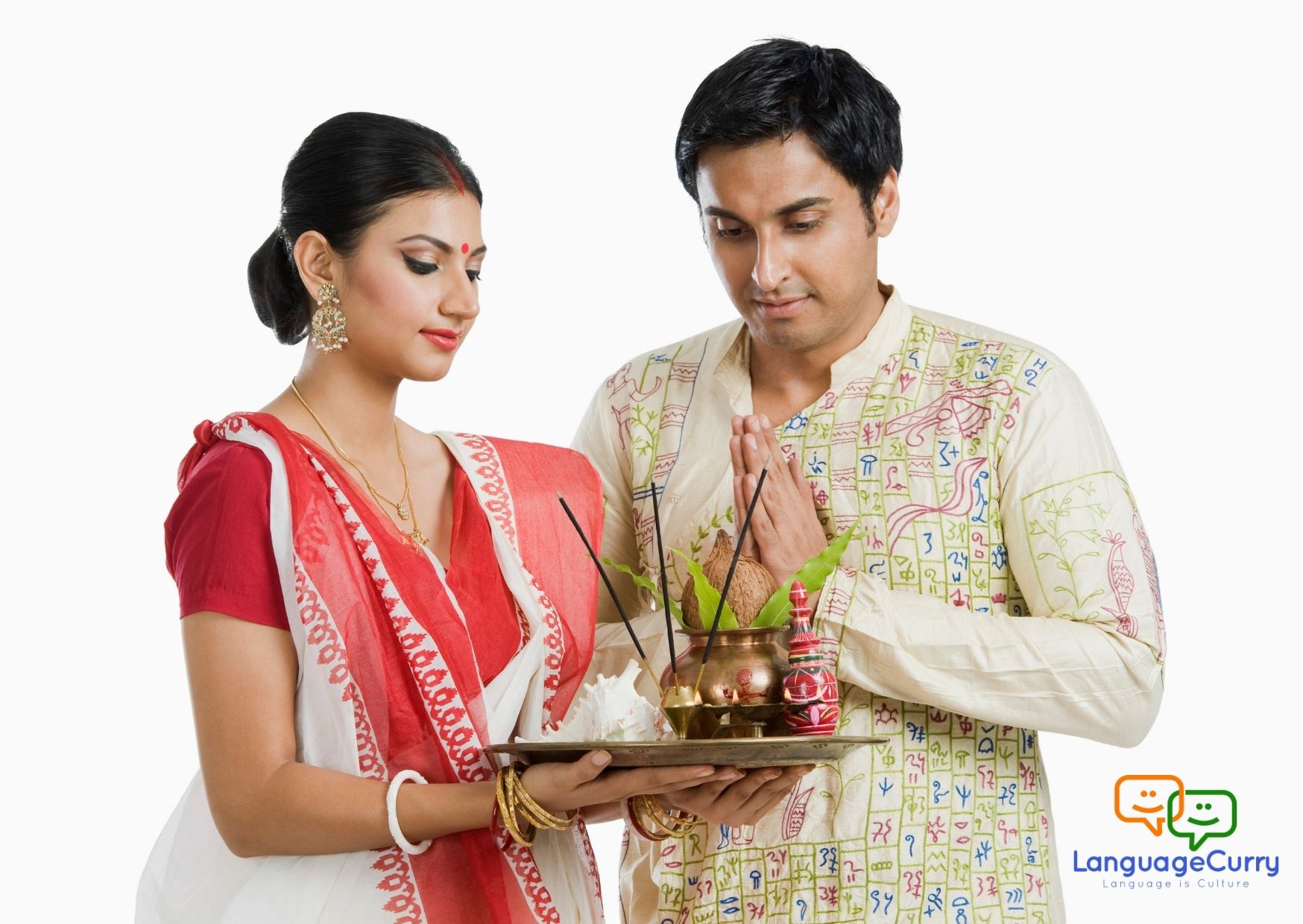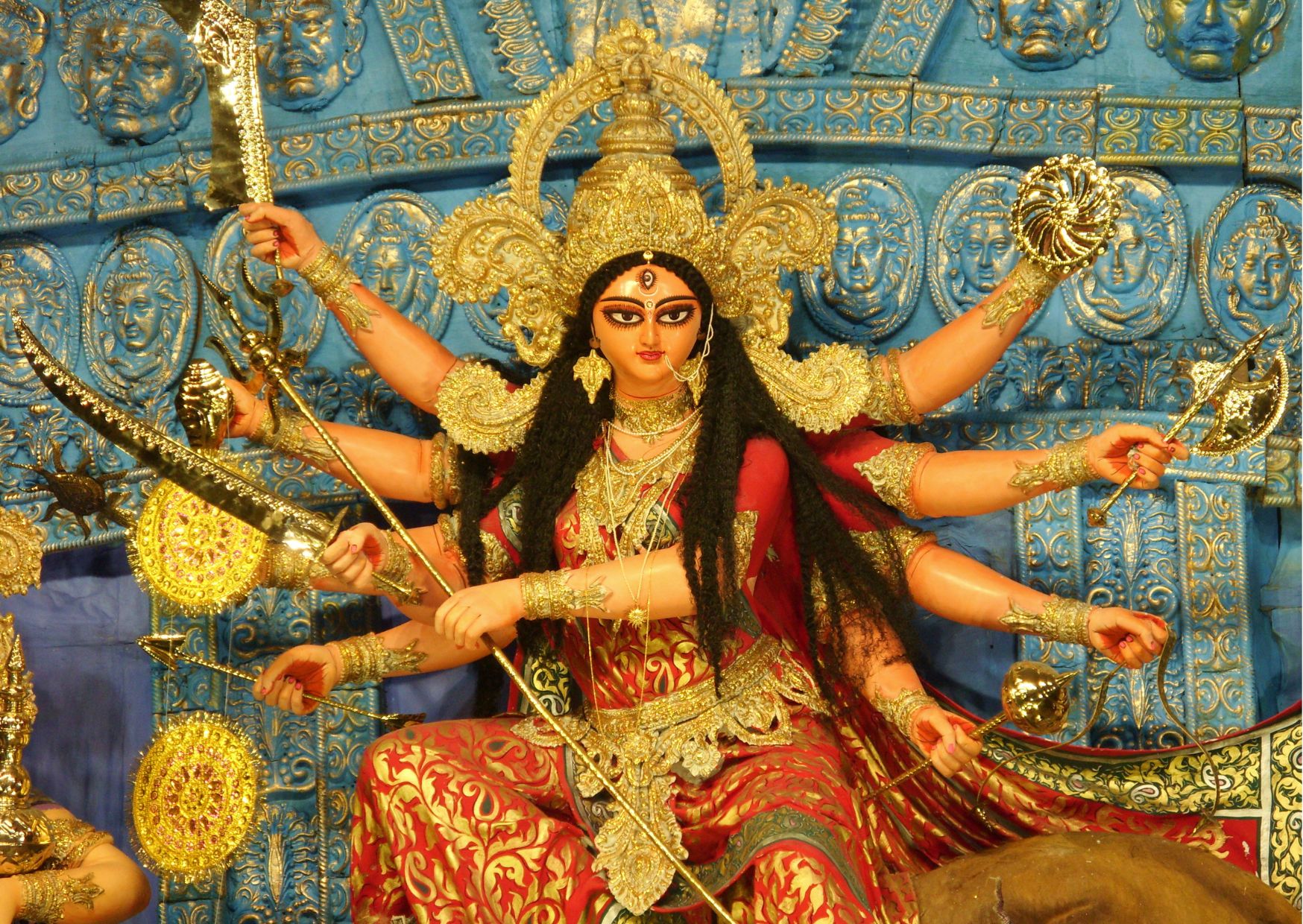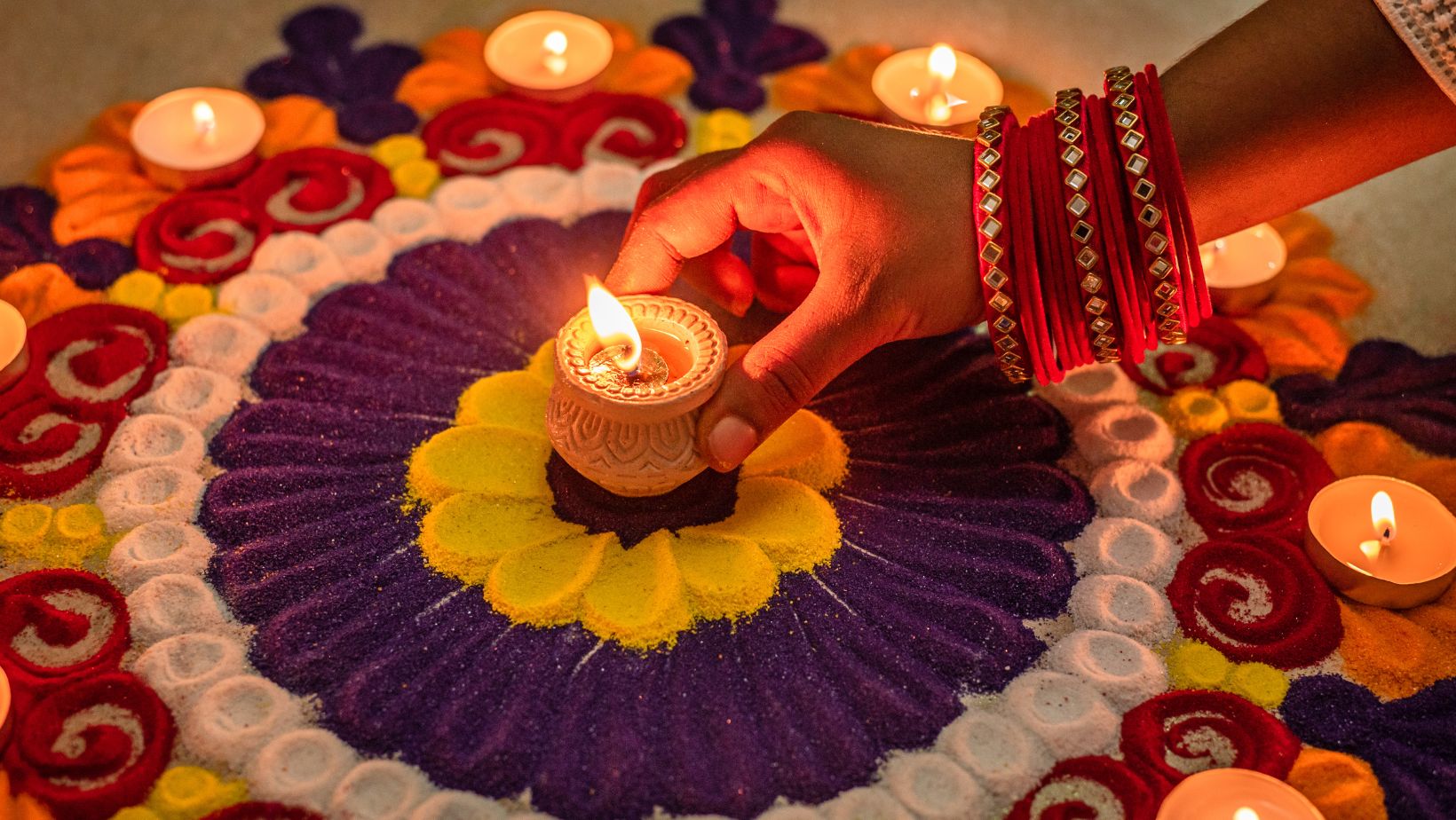Bengal: Land of Festivals ‘baro maashe, tyaron parbon’
The Bengalis work hard to continue the festive traditions and cultures of the land!
Bengal: the land of festivals
Have you heard this saying about Bengal. ‘baro maashe, tyaron parbon’! It means 12 months and 13 festivals!
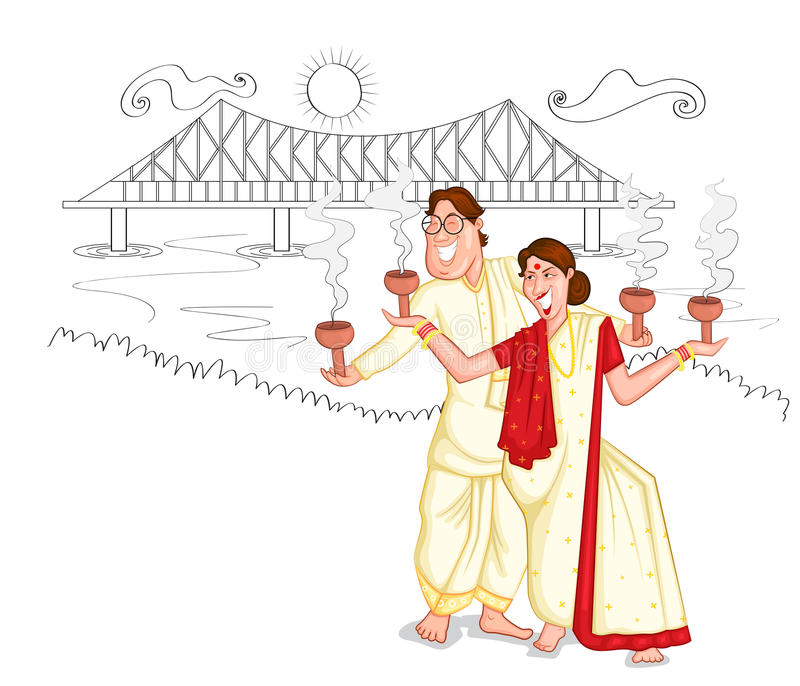
The scintillating aesthetic beauty and energy of Bengali festivals mesmerizes everyone. In this episode Language Curry has brought to us the aesthetic pleasure derived from the ravishing festivals celebrated in a part of Bharat called Bengal. Many of these festivals are simultaneously celebrated with great enthusiasm in other adjacent Bengali speaking areas like Assam, Tripura, Odisha, Sikkim as well as the rest of India too.
As the clock of seasons reminds the Hindu calendar with each upcoming month there is an arrival of more than one festival. So let us see what are they?
Dol Purnima

The Hindu calendar begins with the month of Chaitra (‘Choitro’ in Bangla), it welcomes the year with a festival like Holi called Dol celebrated during Dol Purnima. These colourful occasions bring out the best colours that are spread over the entire land. People greet each other with sweets and exchange gifts while becoming absolute gourmets.
Poila Boishakh
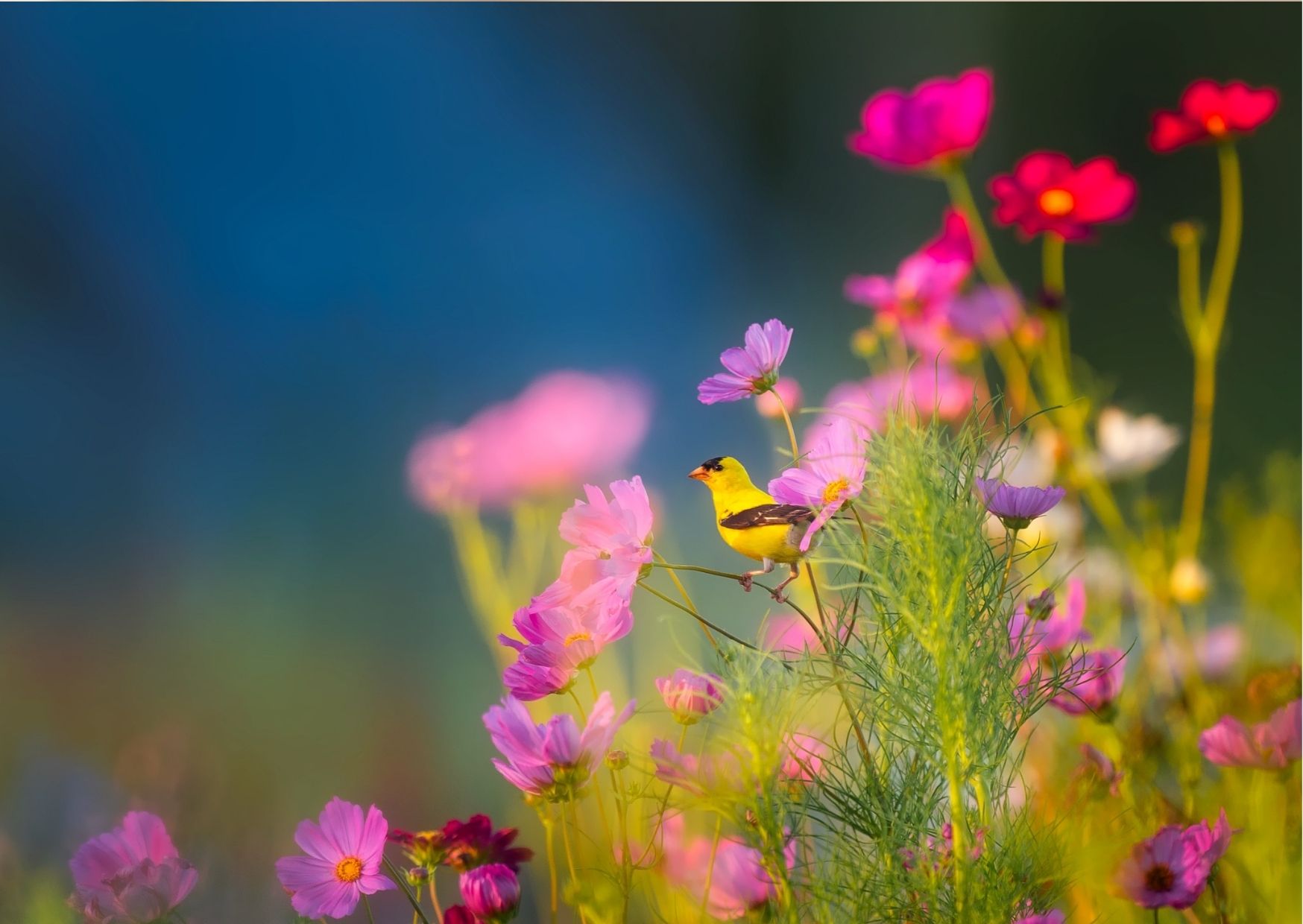
The season of Boishakh Mash ‘Baisakh’ opens the window of fresh air to welcome the New Year in the Bangla calendar called ‘Poila Boishakh’ which means Pahela Baisakh/ or the first spring, celebrated in India along with Baisakhi in Punjab, Puthundu in Tamil Nadu, Bihu in Assam, Pana Sankranti in Odisha and Vishu in Kerala.
On this 15th day of Baisakh Kal, Bengalis wear new dresses mostly traditional and enjoy magnificent meals with their near and dear ones. There is also a vital inclusion of Tagore songs which are sung wholeheartedly, welcoming the new year ‘Eso hey boishakh esho esho’ and praying for the entire year to be gleeful, joyous and full of prosperity.
Jamai Shoshthi
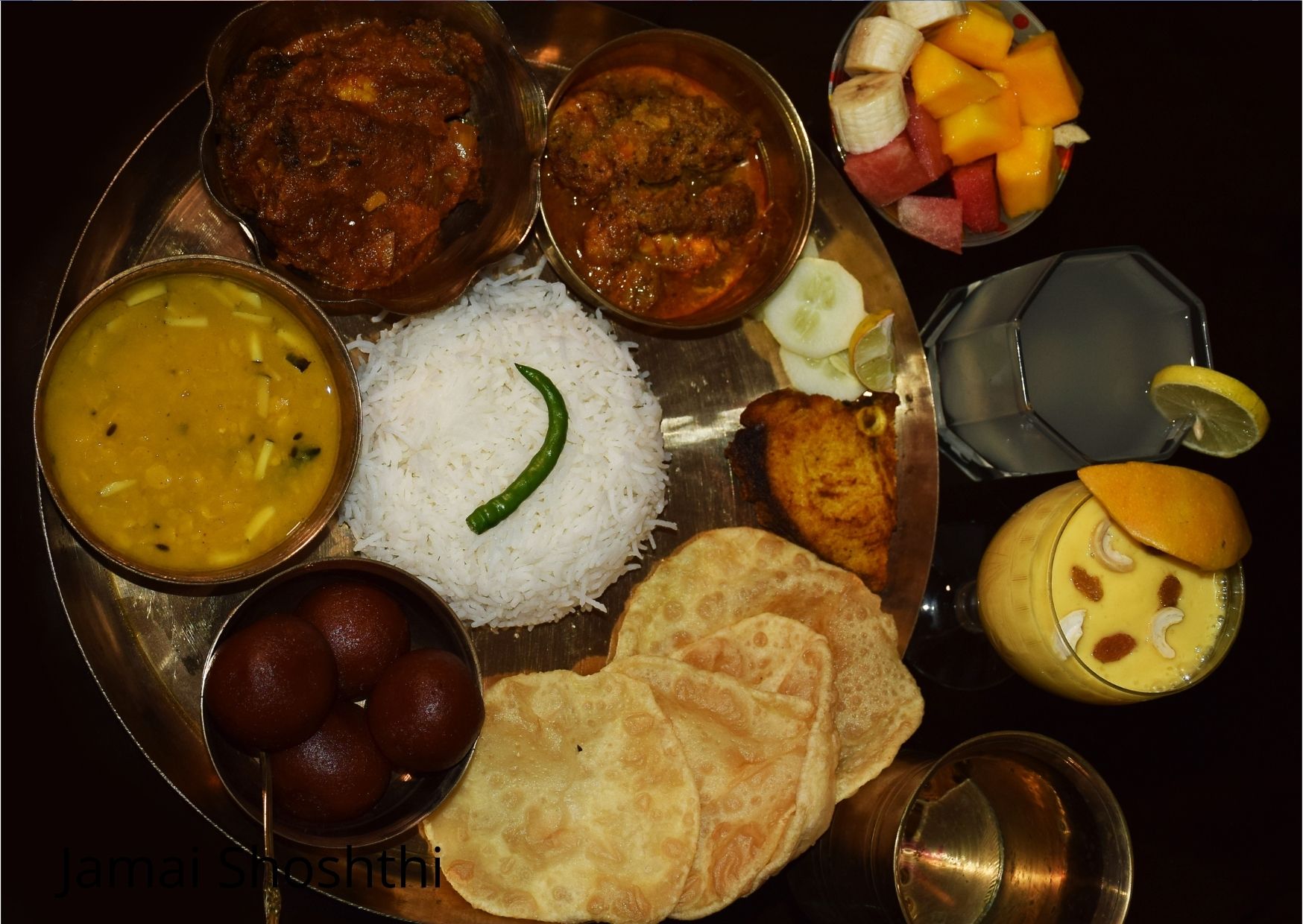
The festival of Jamai Shoshthi comes knocking next, during Jyestha, in the month of (May-June). This festival is celebrated with a lot of enthusiasm with the explicit purpose of honouring the sons–in–law while extending and cherishing the warmth in relation with them. On this day the mothers-in-law prepare special meals and tie a yellow thread (dipped in turmeric) on their wrists, praying for their wellbeing and prosperity to Maa Shashti who is worshipped as a living goddess and takes care of all her children.
Rath Jatra
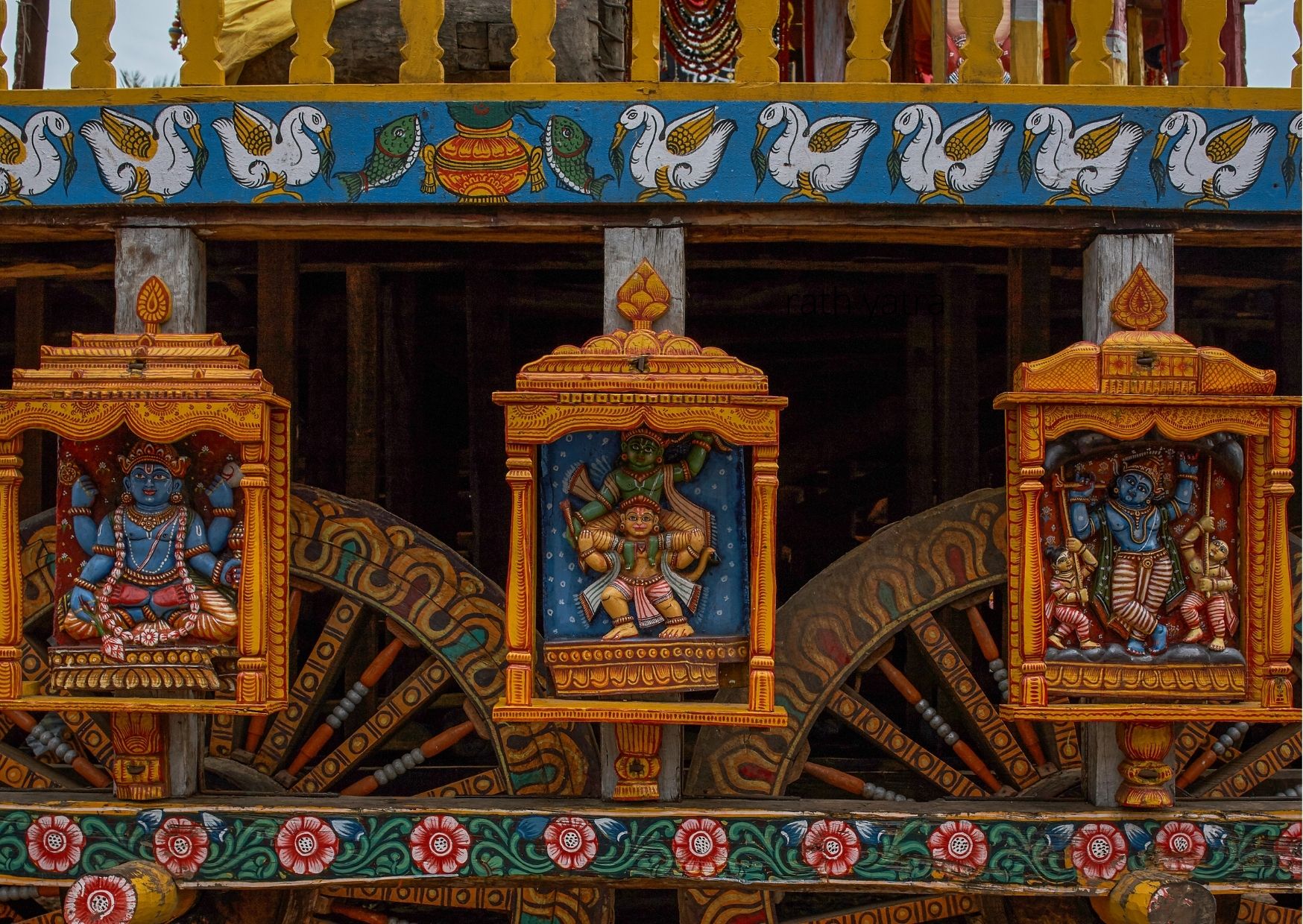
In the month of Ashadh (June-July), there is a festival celebrated known as Rath Jatra of Lord Jagganath which is also greatly celebrated in Odisha as well. It involves taking out the grand procession of Lord Jagannath’s chariot. People pull long ropes called ‘rosshi’ tied to the holy chariot of Lord Jagannath. Pulling this rope is considered extremely divine and auspicious. Devotees from all across the globe come to participate in the same. The festival is being celebrated with the same enthusiasm as yesteryear.
Durga Pujo
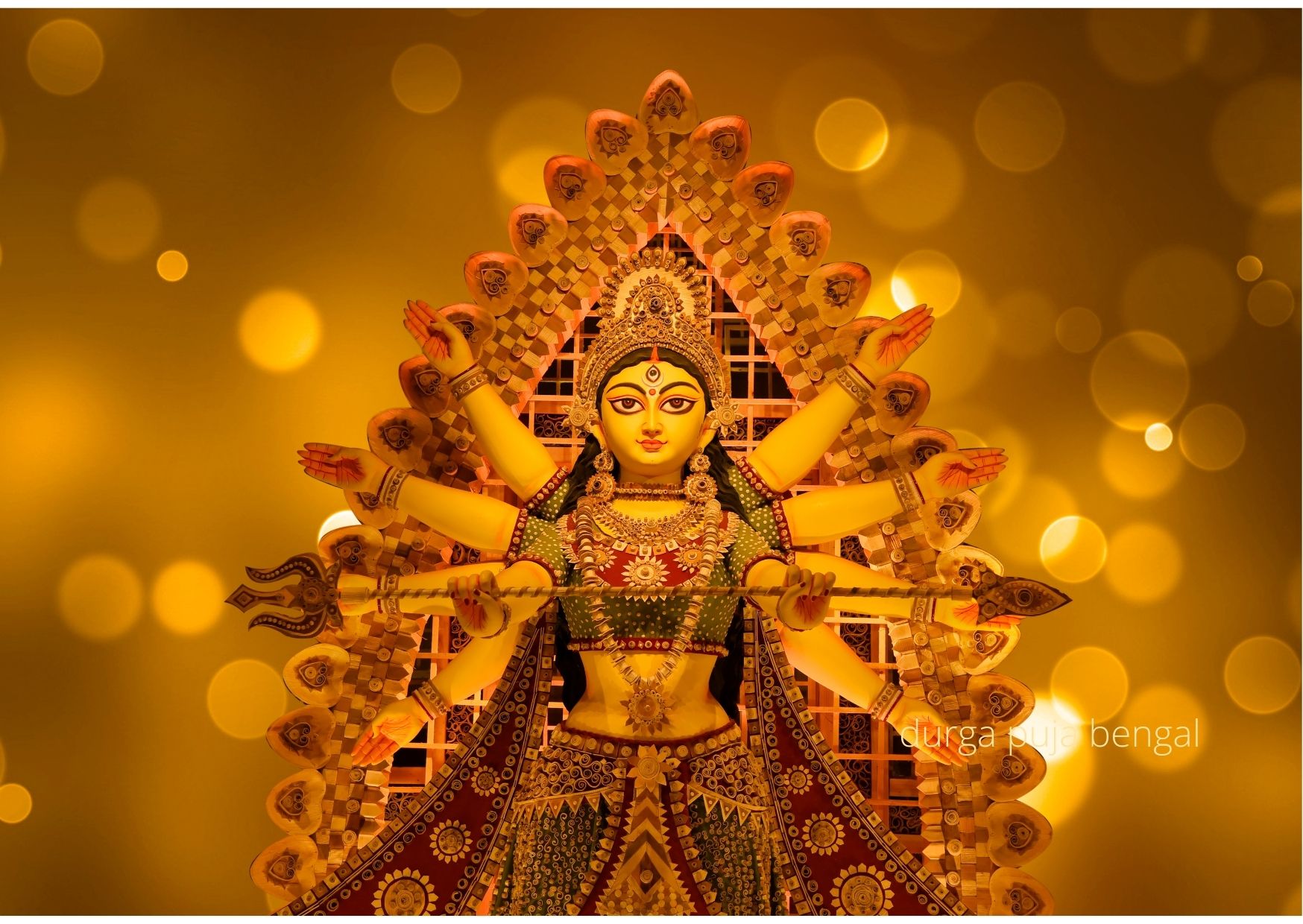
Here comes the most happening festival of Bengalis called Durga Puja. This grand festival happens to be celebrated for entire 10 days. It is believed that Maa Durga, the Supreme divine power visits her maternal home with her four children, Lord Ganesha, Lord Karthik, Goddess Saraswathi and Goddess Lakshami. People enjoy this puja and festival while wearing new clothes, arranging huge feasts, deriving pleasure from Dhak (Musical instrument called Drum) and performing Dhunuchi Naach on its beats.
The main festival starts from Shashti after the Udbodhon and Mahalaya, the days when the Idol of Goddess Durga is first worshipped as soon as the veil is lifted while chanting Chandi Path. From Shashthi to Maha Navami, people pay visits to different pandals and offer prayers called ‘Onjuli’ and Bhog Prashad.
On the 10th day is Vijaya Dashmi (Bijoya Doshumi) women play vermilion (red sindoor) while greeting each other ‘Shubho Bijoya’. As the curtain draws to the end the eyes start sobbing while immersing in the idol of Goddess Durga. Very enthusiastically people cheer loudly ‘Asche Bochchor Abar Hobe’ which means Once again in the coming year.
Lokkhi Pujo
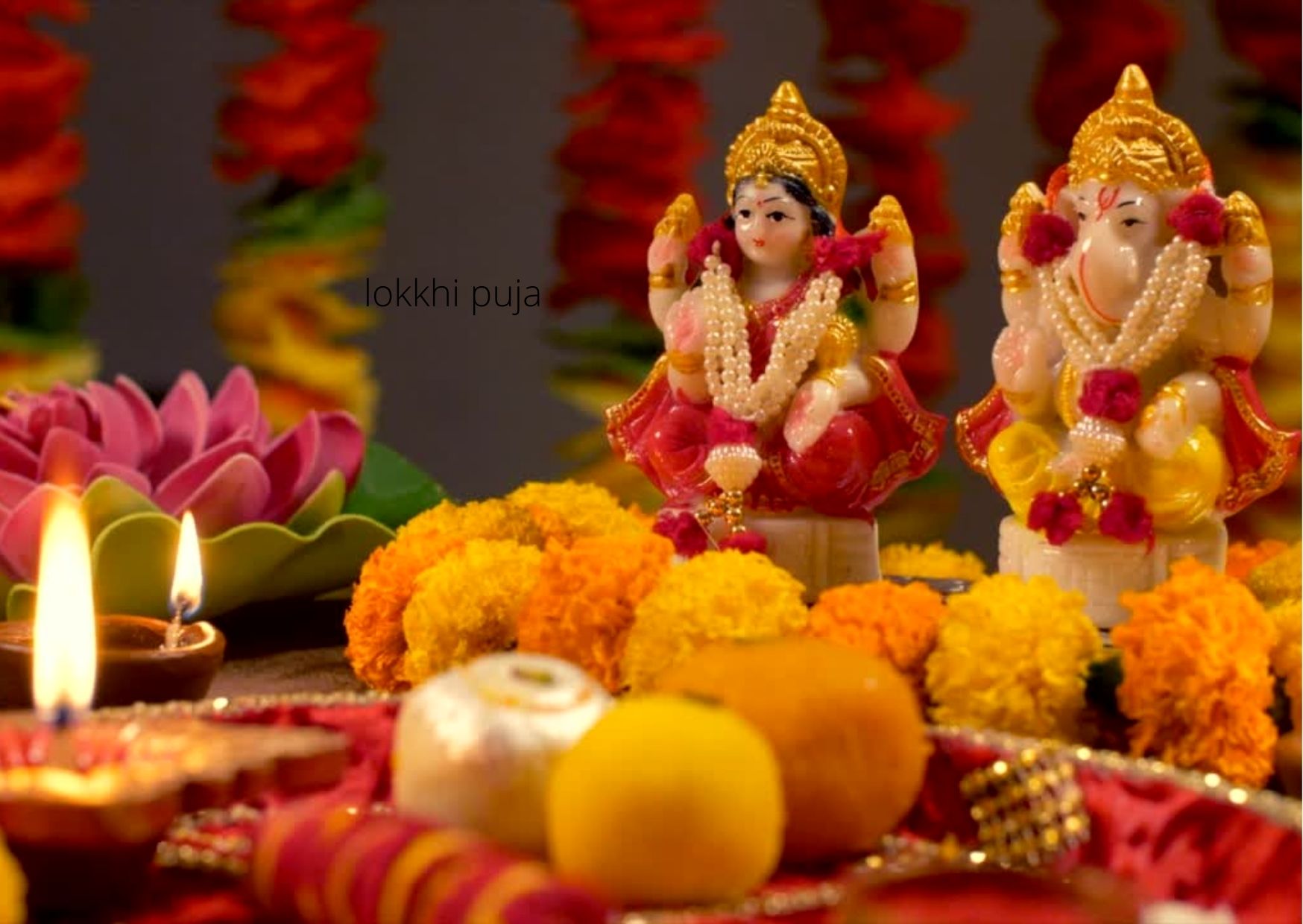
Right after Durga Pujo arrives Lokkhi Pujo or Kojagori Lokkhi Pujo, worshipping Goddess Lakshmi (the Goddess of Wealth), on this day and her Vahanas are fed on the same day. Post which comes Jagaddhatri Pujo.
Kali Pujo/Deepawali
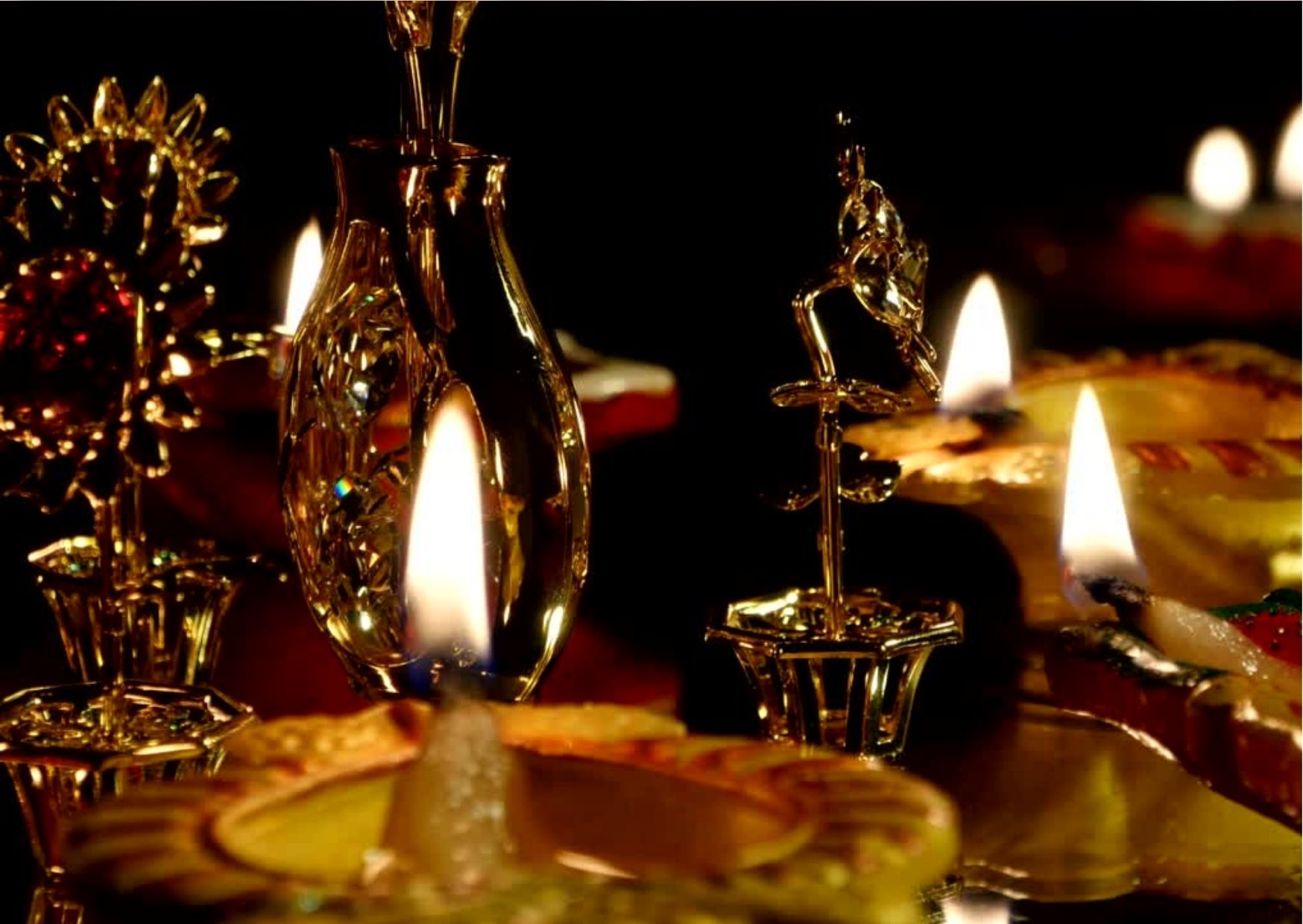
One of the most exciting festivals is Kali Puja where Goddess Kali is worshipped and Deepawali starts. Ma Kali is the fierce form of Shakti. She can slay the most frightful demons and brings hope to all. People light diyas everywhere to anhilate darkness and evil energies.
Bhai Phonta/Bhai Dooj

This thrilling festival is more like Raksha Bandhan where gifts are exchanged between brothers and sisters. The day marks the love and friendship between siblings and cousins. The happy memories strengthen their relationship and love for each other.
Christmas

The end of November brings the joy of Christmas in December. The Bengali Christians, though very few in number celebrate the festival wholesomely. People from all backgrounds and cultures celebrate with cakes, music, wine, candlelight dinner and exchanging gifts.
Poush Parbon
This way all around the year the wheels of festivals keep moving to embrace Poush Parbon in January which is Poush mash in the Bangla calendar. During this time every Bengali home will mandatorily have peethe puli, dudh puli, and all sorts of dairy product items as a mark of ending winter.
Saraswathi Pujo
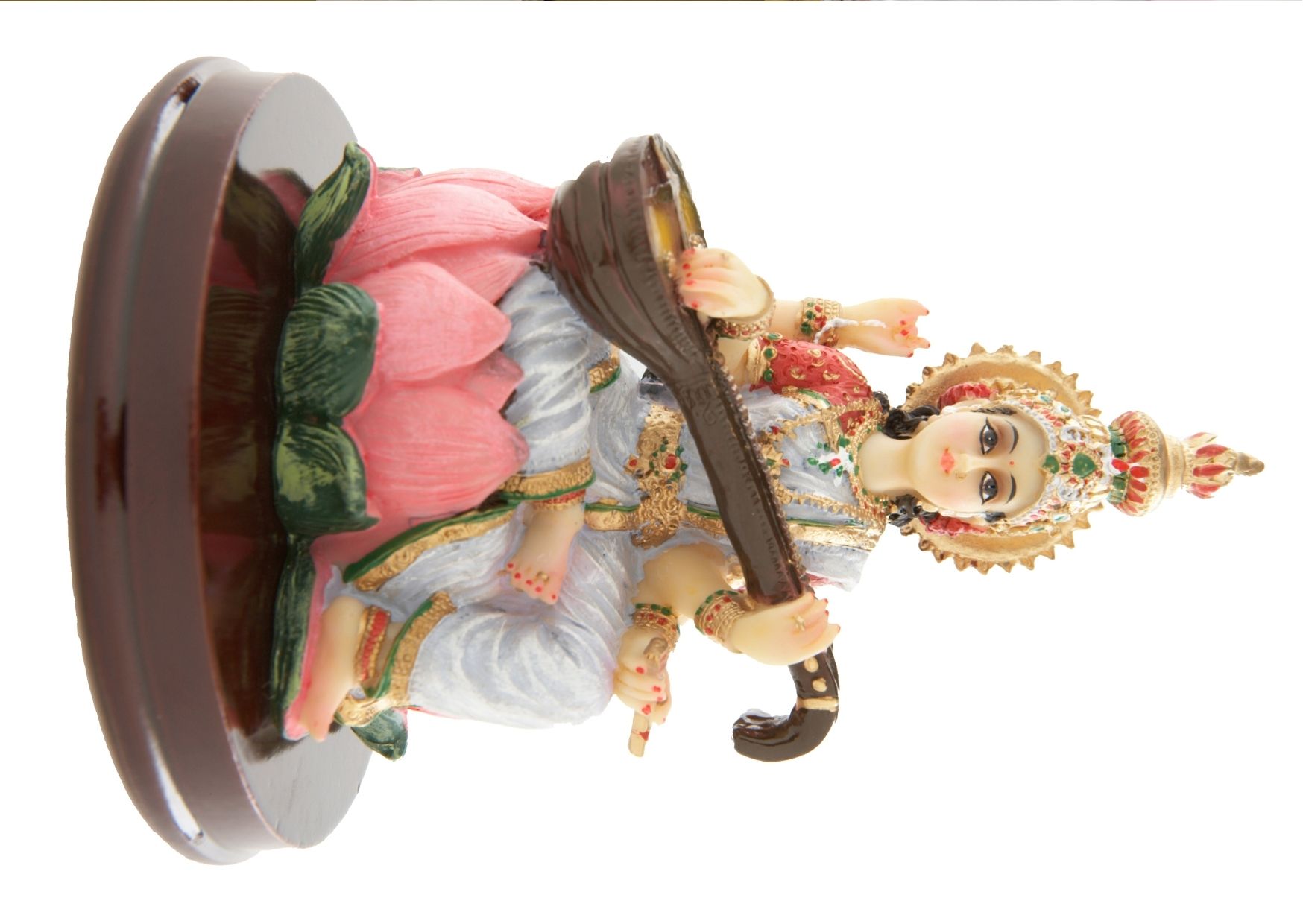
The Bengali year ends with worshipping Goddess Saraswati in the Magh-Falgun Mash (Feb-March), Students, children, academicians, and those related to performing academia, arts, music, seek boons from the Godess to excel throughout the year.
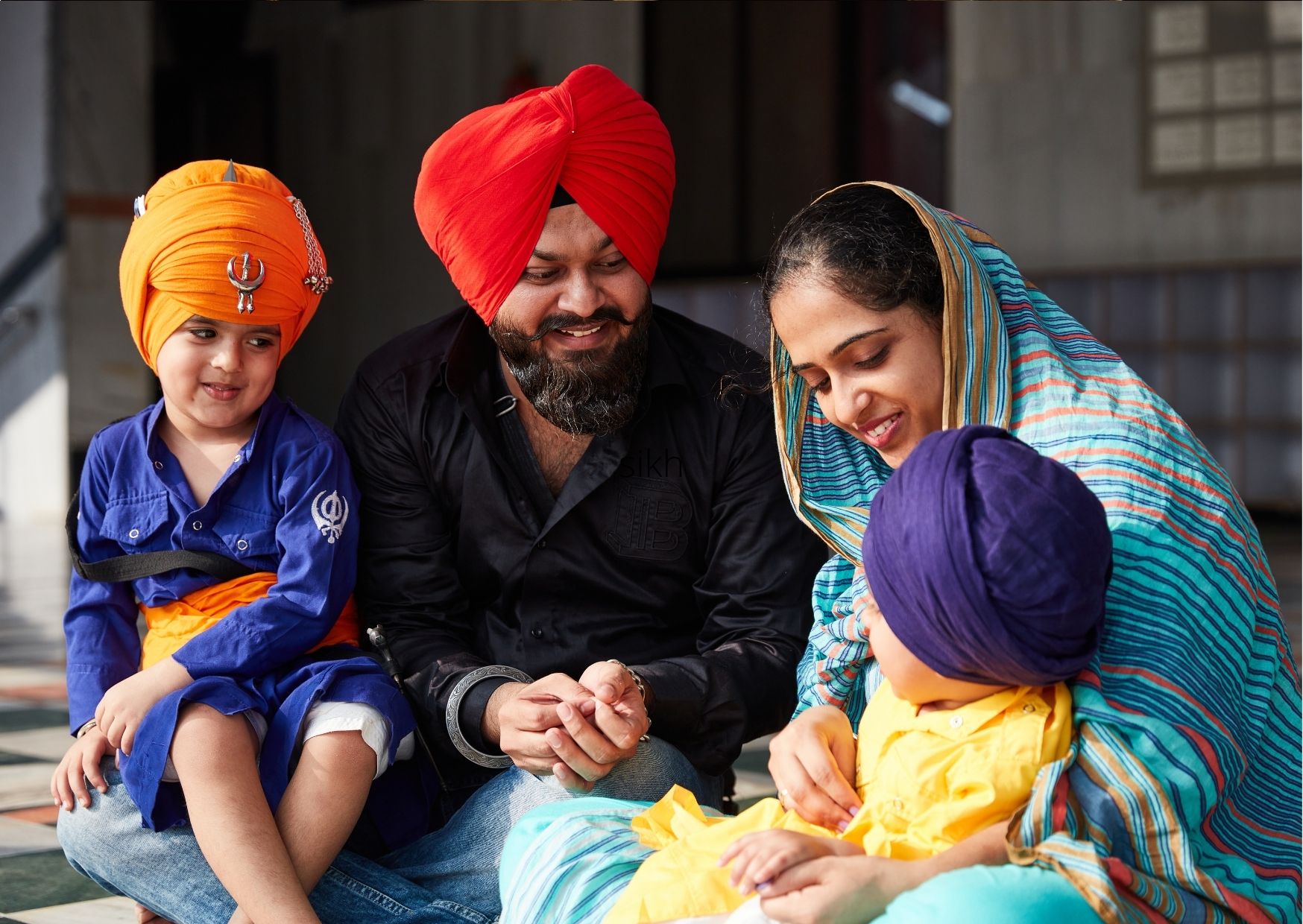
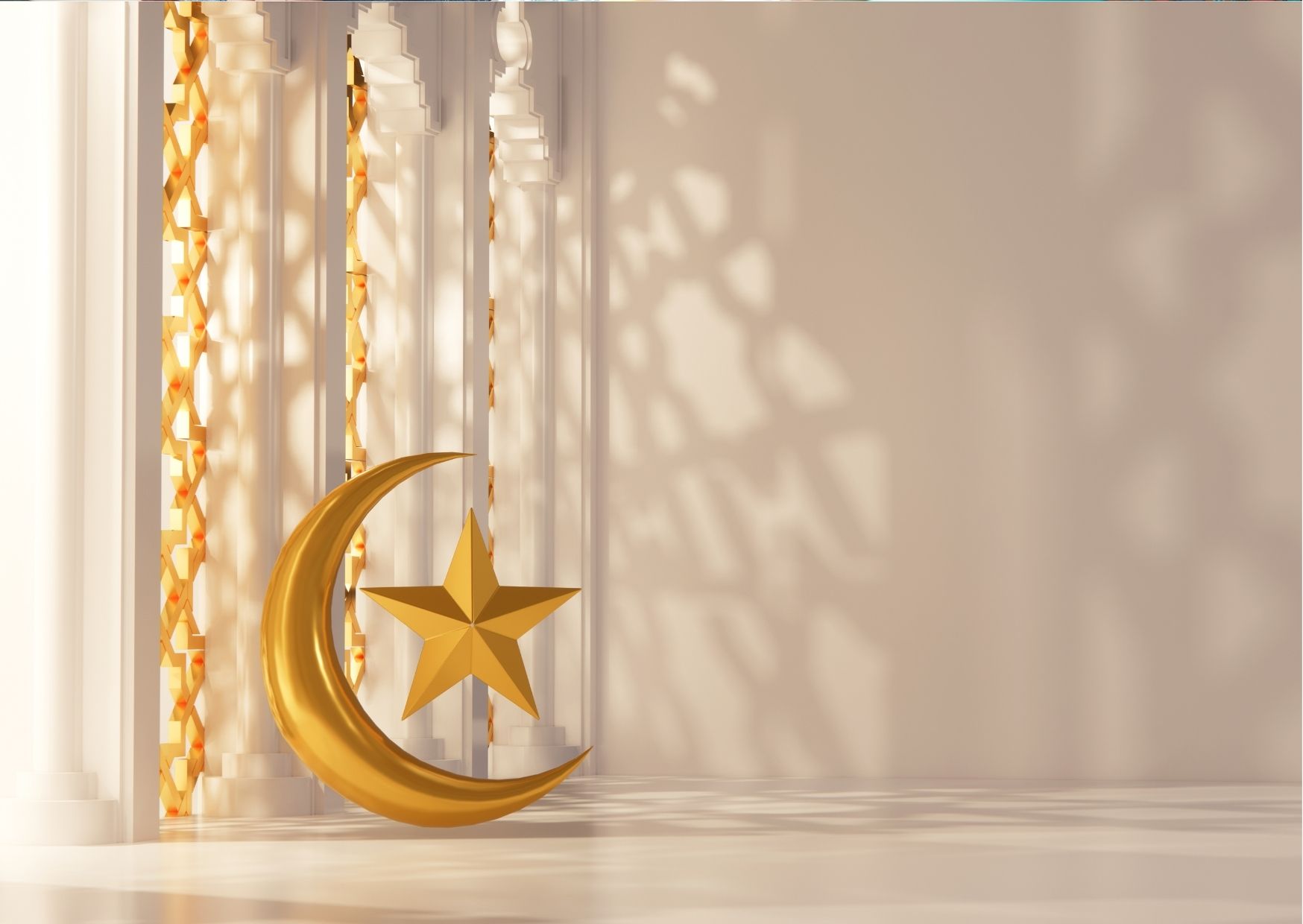
Then there are other other communities and their festivals too. The Muslim community have their Islamic festivals and the Sikh community in Begal too celebrate their festivals with grandeur.
That is not all! The Bengalis love books and films! And hence they mark Kolkata Book Fair and Kolkata Film Festival celebrations too!

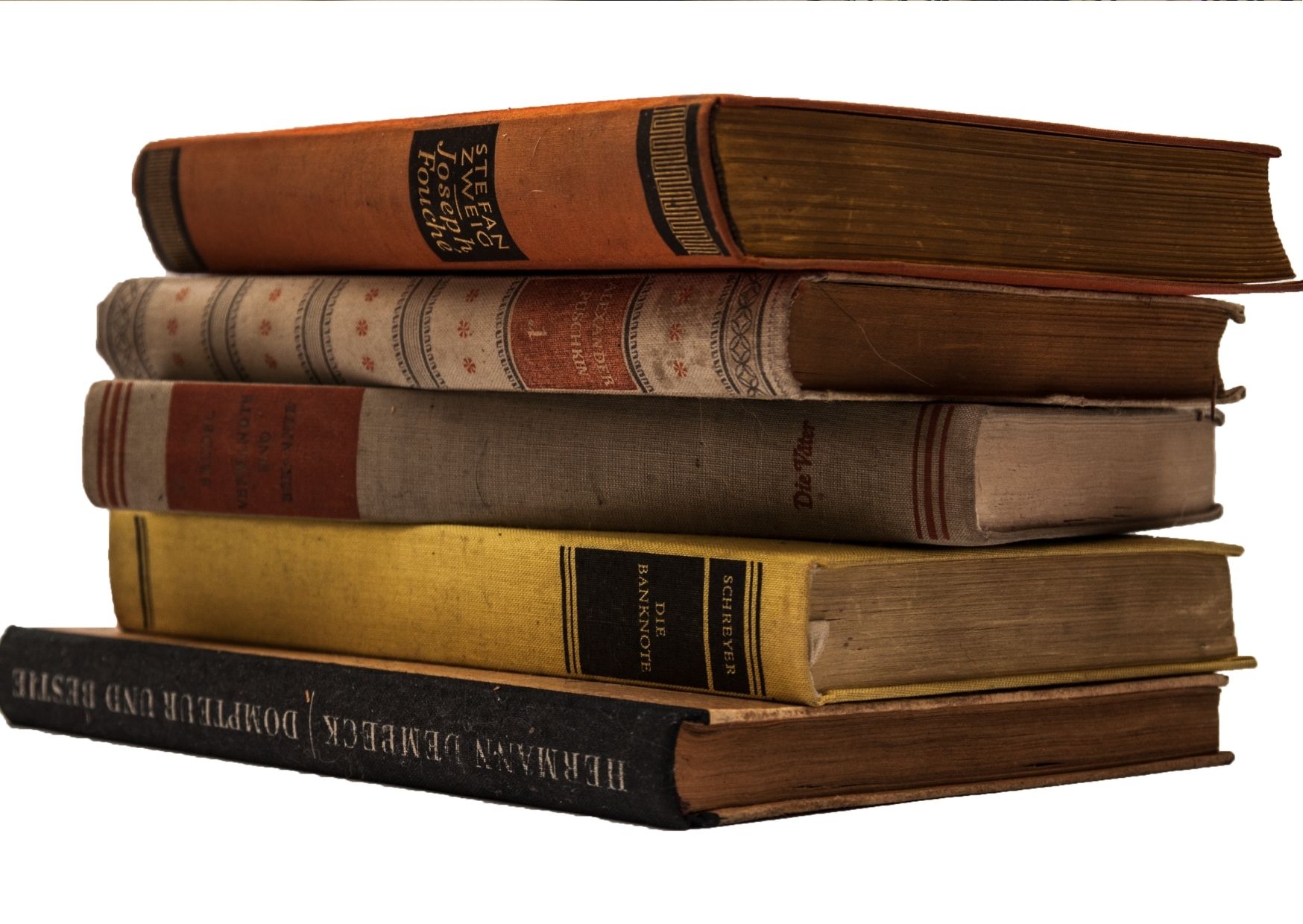
That is how it adds up to ‘baro mashe tyaron never-ending parbon’ in Bangla!

